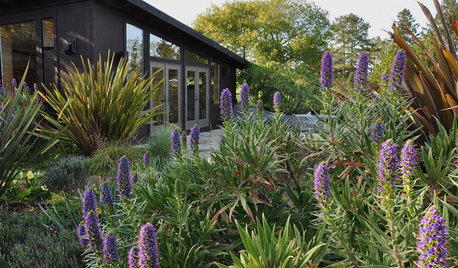August Pride Peach & Spice Zee Nectaplum, Yum!
hoosierquilt USDA 10A Sunset 23 Vista CA
10 years ago
Featured Answer
Sort by:Oldest
Comments (24)
Bradybb WA-Zone8
10 years agohoosierquilt USDA 10A Sunset 23 Vista CA
10 years agoRelated Professionals
Carlisle Landscape Architects & Landscape Designers · Windham Landscape Architects & Landscape Designers · Wrentham Landscape Architects & Landscape Designers · Franconia Landscape Architects & Landscape Designers · Glen Ellyn Landscape Architects & Landscape Designers · Leawood Landscape Architects & Landscape Designers · Middle River Landscape Architects & Landscape Designers · Stoughton Landscape Contractors · Belvedere Park Landscape Contractors · Caldwell Landscape Contractors · Los Banos Landscape Contractors · Southbury Landscape Contractors · West Covina Landscape Contractors · Westchester Landscape Contractors · Casselberry Landscape Contractorsfranktank232
10 years agoitheweatherman
10 years agohoosierquilt USDA 10A Sunset 23 Vista CA
10 years agoecon0003
10 years agohoosierquilt USDA 10A Sunset 23 Vista CA
10 years agodrew51 SE MI Z5b/6a
10 years agoecon0003
10 years agosandiego4s
10 years agofranktank232
10 years agohoosierquilt USDA 10A Sunset 23 Vista CA
10 years agodrew51 SE MI Z5b/6a
10 years agoHeyJude2012
10 years agofruitnut Z7 4500ft SW TX
10 years agoitheweatherman
10 years agoitheweatherman
10 years agoMrClint
10 years agoecon0003
10 years agohoosierquilt USDA 10A Sunset 23 Vista CA
10 years agoecon0003
10 years agoMrClint
10 years agohoosierquilt USDA 10A Sunset 23 Vista CA
10 years ago
Related Stories

CALIFORNIA GARDENINGCalifornia Gardener’s July Checklist
This month, you’ll find delicious stone fruit to taste, veggies and berries to harvest, and an easy way to save water
Full Story






hoosierquilt USDA 10A Sunset 23 Vista CAOriginal Author